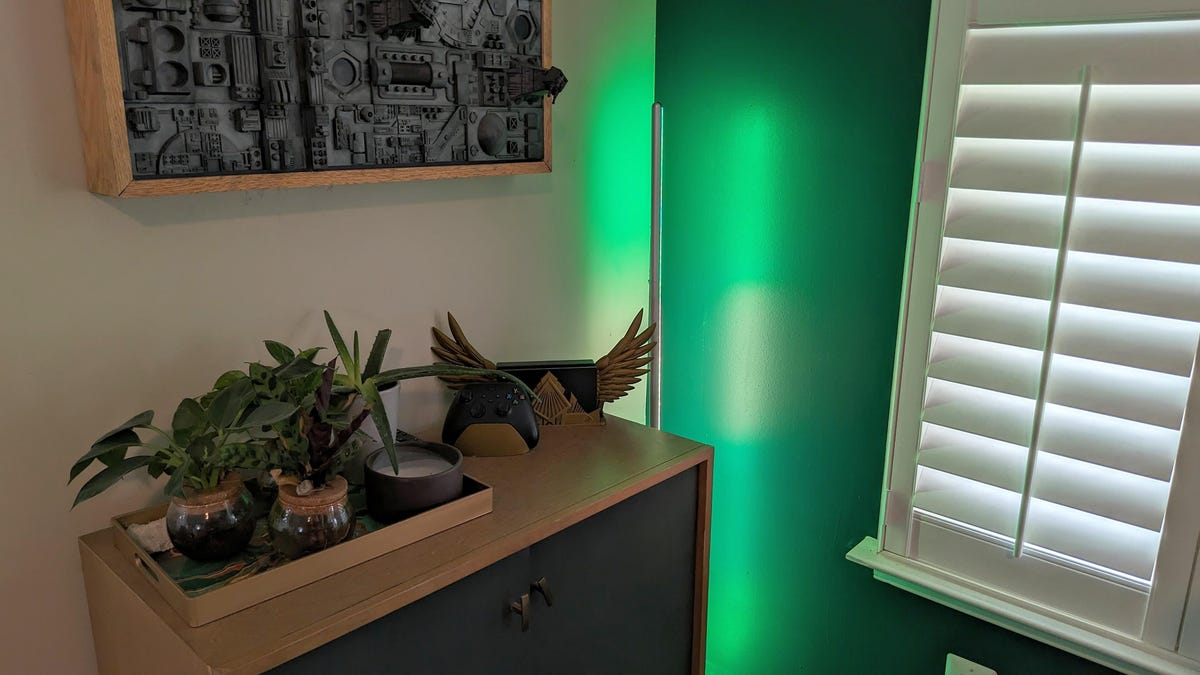6 Tips to Snag a 6% Mortgage Rate in a 7% Market

Mortgage rates continue to surge, pushing back above 7% after months of volatility. Homebuyers taking out a home loan with a 7% interest rate are budgeting hundreds more than expected to cover their average monthly mortgage payment.
For the past two years, prospective homebuyers have been pushed to the sidelines due to higher interest rates. A February survey by Realtor.com noted that 40% of potential homebuyers said they’d be more willing to take on a mortgage if rates were to drop below 6%. Yet most mortgage forecasts don’t expect rates to dip below that number until 2025.
Though mortgage rates fluctuate daily, you don’t have to wait another year for market rates to drop. Getting a 6% mortgage rate could be possible right now, as long as your finances are in shape and you find a mortgage lender that fits your needs.
Today’s mortgage rates are around 7%
In early April, the average weekly rate on a 30-year fixed-rate mortgage is hovering around 7%, according to Bankrate, CNET’s sister site.
Rates generally climb higher when the economy is strong and drop at the sign of trouble. When the pandemic pushed the economy into uncertainty in 2020, rates plummeted to historic lows and hovered below 4% for the next two years.
Yet high inflation and the Federal Reserve’s aggressive interest rate hikes pushed rates higher, reaching 8% last October.
“What’s keeping rates volatile and higher is an underlying strong economy,” said Nicole Rueth, senior vice president with Movement Mortgage. “We continue to have economic reports and indicators that show consumers are spending and staying confident.”
The good news for homebuyers is that mortgage rates are expected to slowly decline in 2024, though they won’t reach record lows again.
Read more: You Won’t Get a 2% Mortgage Again. How to Adjust to a Different Housing Market
What’s the difference between a 6% or 7% rate?
Snagging a 6% rate can offer savings on your monthly payment and over the life of the loan. A difference of 1 percentage point may not seem like much, but the savings add up over time.
For instance, let’s say you buy a home for $400,000 and make a down payment of 20% on a 30-year fixed-rate mortgage. The difference between a 7% rate and a 6% rate means a savings of $210 a month, which amounts to $75,746 saved over the life of the loan.
How to get a 6% mortgage rate now
Many factors go into determining mortgage rates. You can’t control the economic factors, but there are ways to prepare your finances to get the best deal and lower your personal rate.
1. Buy mortgage points
A mortgage point, also known as a mortgage discount point, is an upfront fee you can pay the lender in exchange for a lower interest rate on your home loan. Each point costs 1% of the purchase price of a home and usually knocks the rate down by 0.25%.
On a $400,000 home, you’d pay $4,000 for one discount point. The lender may even allow you to buy four mortgage points to lower the rate from 7% to 6%, though you’d have to shell out $16,000 to get there.
To check whether this strategy is worthwhile, take the total cost of the points, and compare it to the overall monthly savings. “How long is it going to take you to pay it back? Are you going to be in the house that long?” Rueth asked.
In this case, when you pay $16,000 to buy four points and save $210 per month, it would take you more than six years to reach your break-even point.
2. Improve your credit score
Lenders look at your credit score to decide whether you qualify for a home loan and the interest rate you receive. Generally, a higher credit score shows you’ve managed debt responsibly in the past. A better credit history lowers your risk to a lender, which can help you secure a lower interest rate.
In fact, raising your credit score from the “fair” range to the “very good” range may help lower your rate by around 0.22 percentage points, according to a 2024 Lending Tree survey. In the survey example, that rate difference helped borrowers save $16,677 over the lifetime of a home loan.
3. Increase your down payment
Your down payment is the amount you can contribute to your home purchase upfront. Each type of home loan comes with a minimum down payment, usually ranging from 0% to 5%, but a higher down payment can help lower your rate. That’s because the lender takes on less risk when you contribute more toward the loan.
Because a down payment lowers your rate and contributes to your home equity, some home loan experts recommend making a larger down payment, around 20%, instead of buying mortgage points. That’s because if you sell the home or refinance before reaching your break-even point, you lose money. But the amount you spent for your down payment becomes part of your equity.
4. Take out an adjustable-rate mortgage
An adjustable-rate mortgage, or ARM, is a home loan with a fixed rate for a set introductory period, such as five years. Once that period ends, the interest rate can go up or down in regular intervals for the remaining term.
The big appeal of ARMs is that the introductory interest rate is often lower than the rate on traditional mortgages. In early March, the average 5/1 ARM rate was 6.61% compared to 6.98% for 30-year fixed-rate mortgages.
5. Negotiate your mortgage rate
When you’re applying for mortgage loans, you don’t have to go with the company that did your preapproval. In fact, research shows that getting rate quotes from multiple lenders and comparing offers can result in significant savings. If you want to use this strategy, start by submitting a mortgage application with lenders that fit your criteria. Once you have a few loan estimates in hand, use the best one to negotiate with the lender you want to work with.
The loan officer may lower your rate, help you save on closing costs or offer other incentives to get you onboard. In early 2022, one-third of homebuyers negotiated their mortgage rates and many were able to get a better deal, according to research from Fannie Mae.
6. Get a shorter home loan term
Nearly 90% of homebuyers choose a 30-year fixed mortgage term because it offers the most flexibility and monthly payment affordability. Payments are lower because they’re stretched over a longer timeline, but you can always put more toward the principal here and there. But when you take out a longer-term home loan, “you’re holding up the lender’s money, and there’s an opportunity cost for the funds to be invested elsewhere,” Rueth said.
Shorter loan terms (10-year and 15-year mortgages) and ARMs have lower interest rates, giving you the option of reducing your rate now.
Choosing a shorter repayment term could help you save money since you’ll be paying less in interest over the long term. But don’t make the homebuying mistake of choosing a shorter loan term just for the lower rate. Because you’ll have less time to pay back the money you borrow, shorter loan terms break down to higher monthly payments, and you’ll need to make sure those fit within your budget.
Is a 6% mortgage rate even that affordable?
In short, yes, but it’s all relative.
“In today’s market, 6% is a great rate compared to the historic average of a little over 7%,” Rueth said. “However, 6% no longer looks good because homeowners were spoiled by 2.75% mortgage rates a few years ago.”
Homeowners also feel the burden of steep home prices, making those high rates hurt even more.
But you can save money on your mortgage by taking some (or all) of these steps. Improving your credit score, increasing your down payment, buying points and negotiating your rate may help bring your rate from 7% down to 6%, or even lower.
Recommended Articles
Source: CNET















